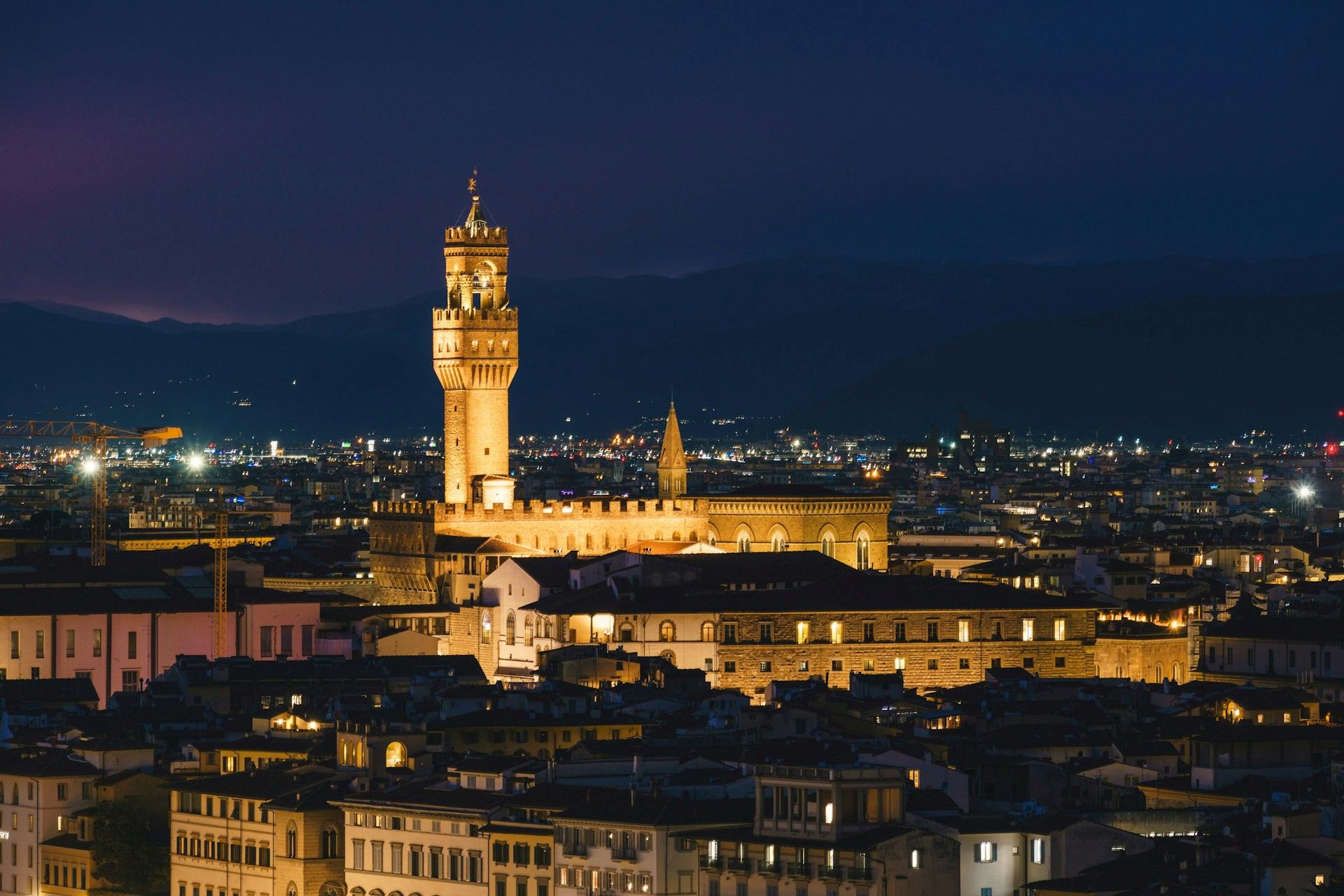Florence is poised to regain its celebrated skyline as the much‑mocked 60‑metre crane obstructing views of the Uffizi Galleries since 2006 is finally being dismantled, signalling a joyous restoration for locals and visitors alike. For nearly two decades, the towering structure, dubbed the “metal monster”, has become a symbol of bureaucratic inertia and a jarring contrast to the city’s Renaissance elegance. The removal, due to begin on 16 June and culminating in a public celebration on 21 June attended by Italy’s culture minister, marks a triumph of efficient administration and civic pride.
The crane’s presence, largely unused yet stubbornly fixed to the heart of Florence, not only marred the historic vista but also became a focal point of public ridicule and frustration. Its longevity and expense reflected systemic delays, but a coalition of local entrepreneurs stepped forward to fund the €180,000 project after an appeal from Uffizi director Simone Verde. This private‑public collaboration highlights how local stakeholders can restore cultural heritage when governance alone stalls.
As the crane comes down, it will be replaced by a less intrusive and more sustainable hoist, allowing ongoing work to continue with sensitivity to Florence’s aesthetic and heritage values. This measured approach not only preserves the integrity of the cityscape but also supports the final stages of the Uffizi’s expansion, ensuring that modern needs do not eclipse centuries‑old artistry.
Beyond its immediate visual impact, the crane’s removal carries symbolic significance for Florence’s tourism and cultural identity. With the Uffizi ranking among Italy’s most visited museums, and Florence drawing millions annually, the absence of the crane will elevate the visitor experience and reaffirm the city’s standing as a beacon of Renaissance art and architecture.
In reclaiming its iconic vista, Florence demonstrates the power of swift, coordinated action – one that marries respect for heritage with contemporary renewal. As the city breathes easier, this moment stands not just as the end of a crane’s reign but as a reminder of how preservation, partnership and pride can transform a long‑standing eyesore into a renewed source of civic and cultural celebration.


